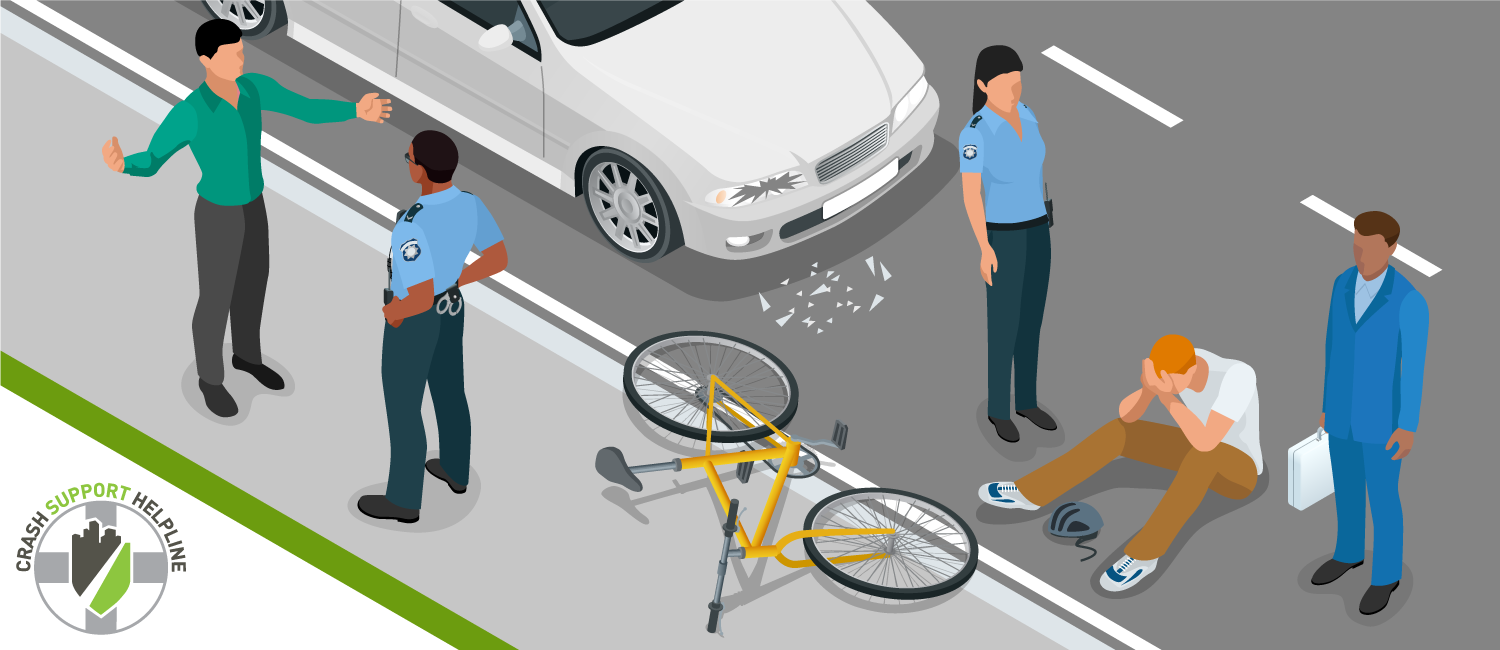Do you know your rights as a pedestrian or bicyclist?
Laws at the local and state levels protect you, whether you are traveling by foot or by bike.
From crossing the street to dooring to road position while biking, knowing your rights allows you to walk and ride safely and legally and to advocate effectively for yourself. Enforcement and education are vital for a region determined to be safe for people biking and walking.
The state of Illinois and the city of Chicago have extensive legal language about rights on the road for people biking and walking. Read about your rights under Illinois law through the Illinois Secretary of State and in the City of Chicago Municipal Code.
Ride Illinois, a statewide bicycle advocacy organization, publishes a useful list of 12 Things to Know about Safety and Bicycle Crashes.
Some key Illinois laws and rights for pedestrians and bicyclists to be aware of:
For people walking
Drivers are required to stop completely and yield the right-of-way to pedestrians crossing the street in a crosswalk (marked, unmarked, at an intersection or mid-block) when the pedestrian is on the driver’s half of the street.
Drivers are required to yield the right of way in all cases to pedestrians with a visible disability crossing the street.
Pedestrians with disabilities may cross a roadway at any point if an intersection is physically inaccessible.
Drivers are required to exercise “due care” to avoid hitting pedestrians, regardless of the right of way.
People walking are required to obey crossing signs and signals.
For people biking
Bicycles have the same right to use the roadway as motor vehicles. People biking are required to obey the same rules of the road as vehicles.
Bicyclists must ride in the same direction of traffic, to the right side of the roadways where safe to do so.
Drivers are required to pass people on bicycles with at least 3 feet of space and at a slow speed.
Bicyclists are required to use hand/arm signals when turning and stopping.
Bicyclists are required to have a white front headlight and red rear reflector or red rear light when riding at night.
Drivers are prohibited from crowding or threatening people who are biking on the roadway.
Drivers are prohibited from stopping or parking in a designated bike lane.
While people biking should travel to the right side of the roadway, they are legally permitted to “take the lane” — or move to the center of the roadway — to avoid a hazard, or if the travel lane narrows.
Opening a car door into the path of someone biking is illegal.

